Vision Zero initiatives on the decline: Cache County Utah shows another way
Rebuilding Place in Urban Space
MAY 10, 2024
For example, in a blog entry in 2016, I suggested that such information be provided at the Council District scale and that ward-focused committees address traffic safety and sustainable mobility in concerted ways.

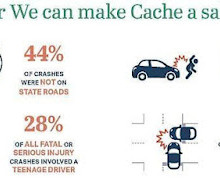
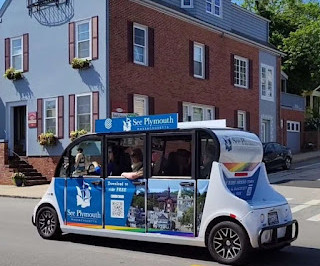
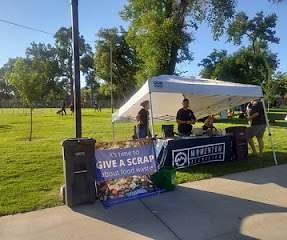

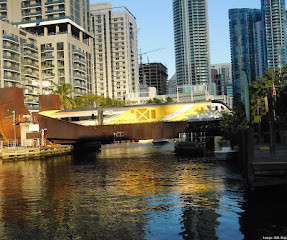
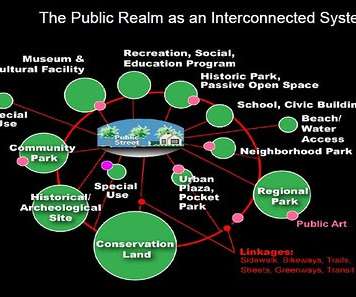
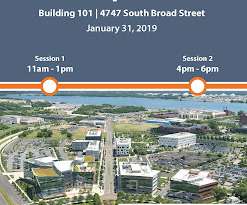
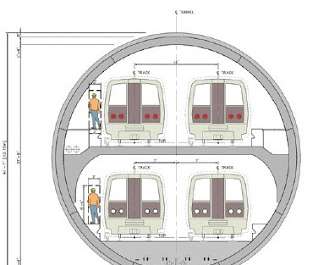






Let's personalize your content